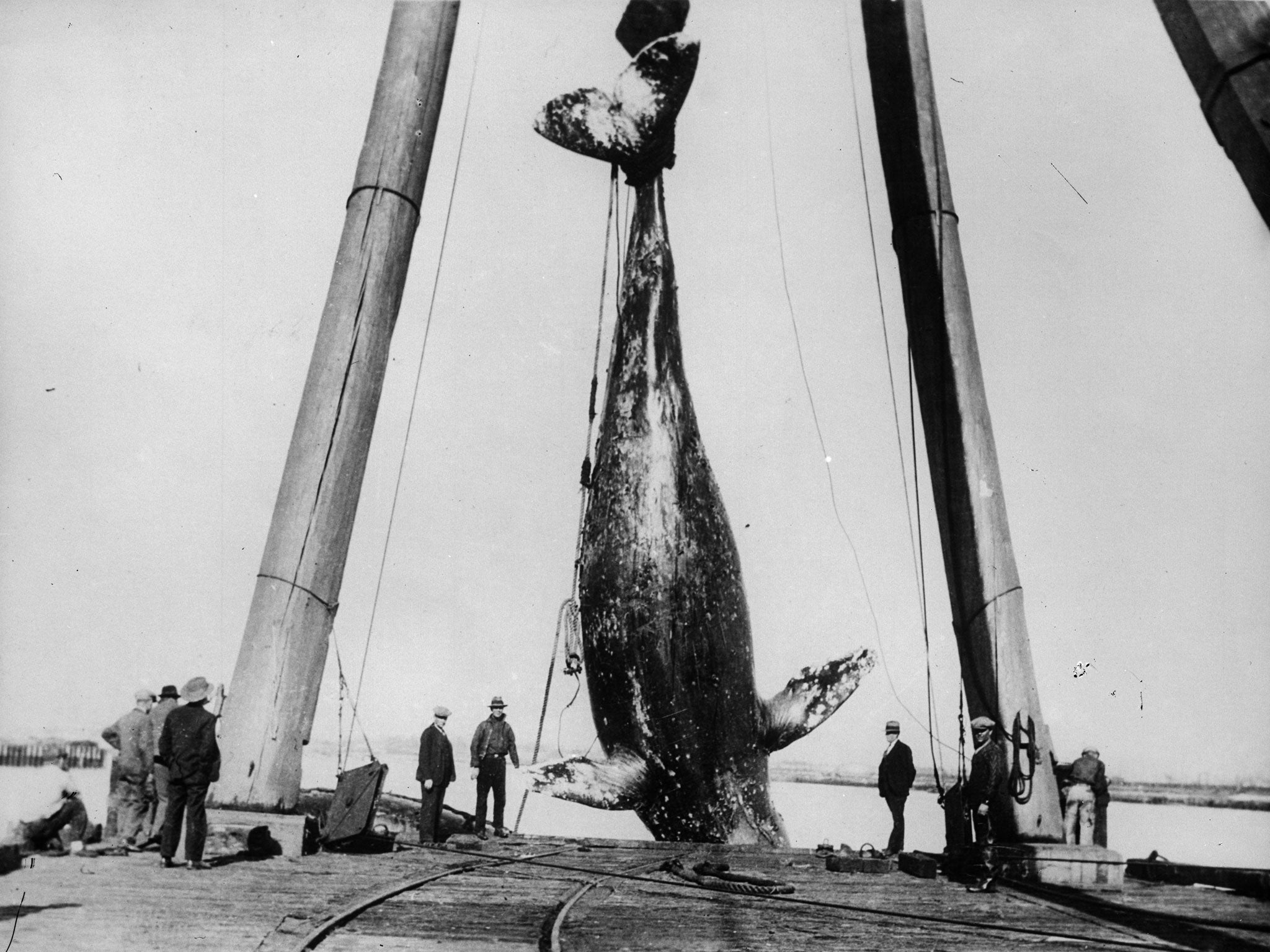Historical fiction: Romances, mysteries, and a misogynist murderer
From Shirley Barrett's Rush Oh! to Oscar de Muriel's Fever of the Blood...

Your support helps us to tell the story
From reproductive rights to climate change to Big Tech, The Independent is on the ground when the story is developing. Whether it's investigating the financials of Elon Musk's pro-Trump PAC or producing our latest documentary, 'The A Word', which shines a light on the American women fighting for reproductive rights, we know how important it is to parse out the facts from the messaging.
At such a critical moment in US history, we need reporters on the ground. Your donation allows us to keep sending journalists to speak to both sides of the story.
The Independent is trusted by Americans across the entire political spectrum. And unlike many other quality news outlets, we choose not to lock Americans out of our reporting and analysis with paywalls. We believe quality journalism should be available to everyone, paid for by those who can afford it.
Your support makes all the difference.The historical staples of romance and death, have been closely intertwined ever since Tristram and Isolde drank that pesky potion, and their potent combination still informs most genre writing. There is lots of historical fiction mixed with romance in coming weeks: Shirley Barrett's title, Rush Oh! (Virago, £14.99) was the cry of the New South Wales fishermen when they spotted a whale, a task in which, according to press reports, the men of the small town of Eden were aided in the early 1900s by a pod of killer whales who would help trap and catch their bigger cousins, the black or "right" whales. "Tom", with a recognisable lumpy fin, seemed in particular to have a camaraderie with humans, though remaining bloodily cannibalistic as far as other cephalopods were concerned. Barrett has fictionalised archival material to good effect, telling the story through the mouth of a young girl who falls in love with a mysterious recruit to the whale-boat. Moby-Dick this ain't, but it's charming and a perfect stylistic pastiche.
Less successful, though painstaking, with its historical research, is Elizabeth Wilhide's If I Could Tell You (Penguin, £12.99). It's primarily a romance, set in wartime London, where married Julia Compton falls in love with a documentary film director. There's much period detail but it feels rather lifeless, Brief Encounter painstakingly worked through on the page, and the main tension is wondering who's going to get bombed. Good for libraries.
Mary Paulson-Ellis's The Other Mrs Walker (Mantle, £12.99), much of which is set in the same period, is far livelier: it moves about between the 1930s-1940s and modern Edinburgh, where Margaret Penny, middle-aged, drunken and down-and-out, comes home to her mother's squalid flat. Margaret's life begins to revive when she starts to trace the history of another old lady who has died alone and has no one to follow her coffin to the funeral service. What mystery is here, and what is the significance of the emerald-green dress folded carefully away? With absorbing characters, it wears its history lightly and Paulson-Ellis manages the time-hopping neatly.
So does Elly Griffiths in The Woman in Blue (Quercus, £16.99), where forensic archaeologist, Ruth Galloway, finds trouble past and present in Walsingham, along with her old pal, the Druid Cathbad. Death stalks the ruined shrine, evidently insufficiently reformed by Henry VIII, as Ruth and her policeman ex-lover search for a killer who has struck amid a gathering of women priests. Who hates women in holy orders enough to actually finish them off? Griffiths has become a dab hand at plotting and cranking up the tension. The murders, and the muddled humanity of the characters, keep us turning the pages.
Edinburgh is still a favourite setting for "noir" and Gothic, as Oscar de Muriel's Fever of the Blood (Penguin, £7.99) testifies. Here we plunge back into the Victorian city with a plot that moves at a frantic rate as Detective "Nine-Nails" McGray (all too identifiable by his tartan trousers) and Inspector Ian Frey chase around satisfyingly squalid alleyways and crumbling stately homes in pursuit of a murderer who has escaped from a psychiatric hospital.
There's scarcely a pause, giving us no time to reflect on characterisation and the other usual staid props of the traditional novel. But the story is fun to read and a fast page-turner, as we rush from Edinburgh to Lancaster in pursuit of witches with the "Commission for the Elucidation of Unsolved Cases Presumably Related to the Odd and Ghostly". And someone has left the strychnine lying around again! But there's a girl in peril who's rescued in the end, so all the requirements of Victorian Gothic, including its mysterious romance, are satisfied. Yes, love and murder – they go together like strawberries and cream.
Join our commenting forum
Join thought-provoking conversations, follow other Independent readers and see their replies
Comments